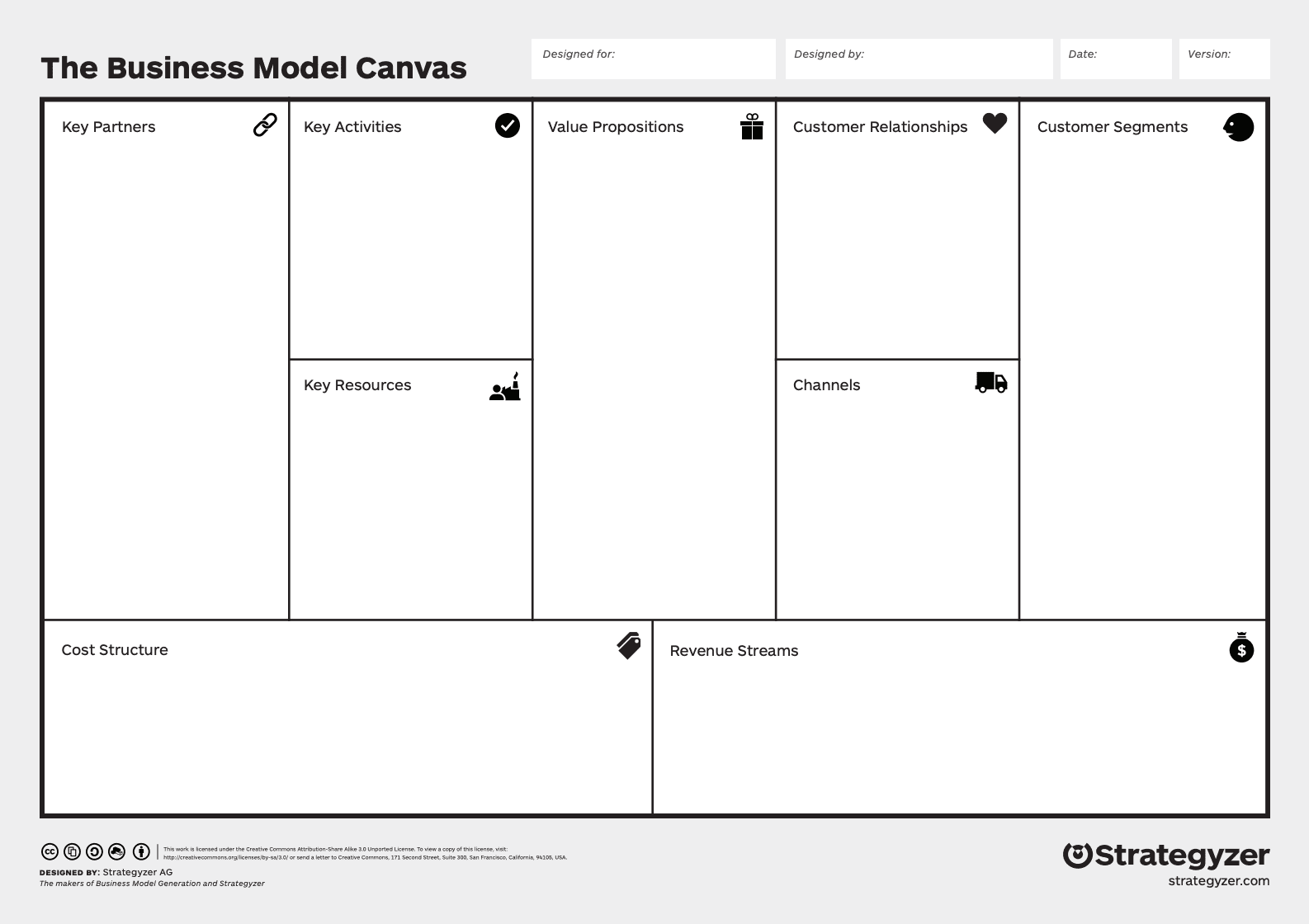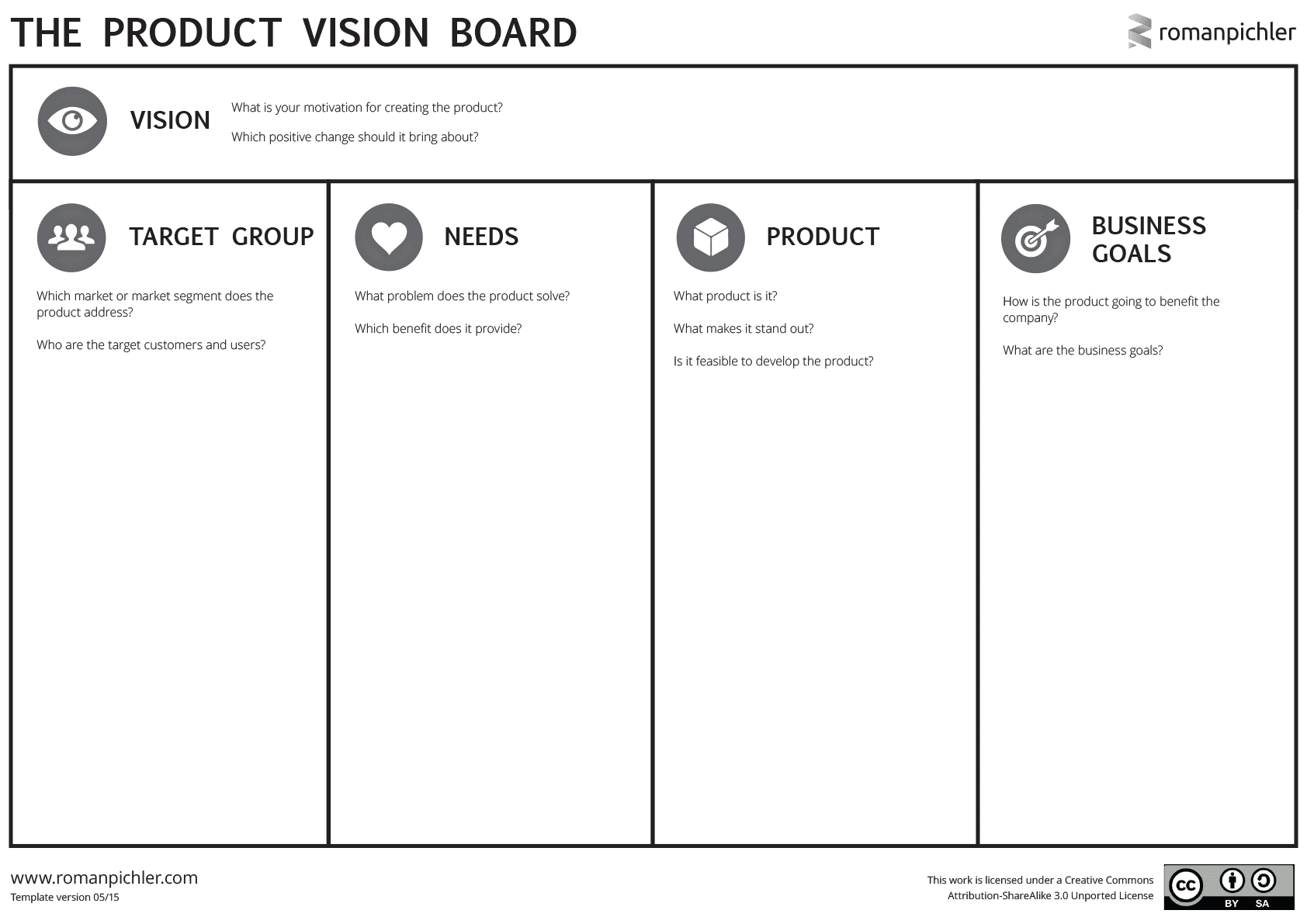One of the software development industry’s best characteristics is project variance. Every day is different. We work with clients ranging from innovative startups to established enterprises. When every project is unique, different forms of strategy are required at different stages. Regardless of project size or scope, determining a project vision and strategy is key; and it’s harder than it looks.
When a project is unsuccessful, there could be many causes. However, lack of overall vision, and alignment among the team around that vision is a likely culprit. In following the old adage, a wise man builds his house on a solid foundation of rock and when the storm comes, the house doesn’t fall. In our world, this lesson still rings true.
Every successful venture must grow around a strategic vision that the entire team is on board with. Here are some tactics we’ve used to ensure success and meet product goals on over 135 projects in the last 15 years.
7 Tactics for Building a Useful Product Vision
- Discovery We utilize discovery at the beginning of a project to create alignment among the team. A discovery session could range in size from 1 on 1, to small groups, or even an entire board (6+), making early product planning workshops super critical. Discovery workshops draw out the unique ideas and thoughts of each stakeholder. They reveal disagreements and challenge assumptions that arise given that this is likely the first time the group (or individual) has dug into their idea and vision with this level of granularity.
The goal is to define the project from a 1,000 foot view. At the end of the workshop each stakeholder should be drawing the same high level picture. The product must be specified, explained, and understood in the same way by all stakeholders. Lack of understanding and communication causes challenges among the team, our job is to ensure alignment (i.e. make sure the 1,000 foot picture drawn by each stakeholder, looks the same). - Business Model Canvas A business canvas communicates the core business logic and helps you build out a product roadmap. It details the specific ways in which a business builds and delivers value. It is where our left brain thrives. The model separates a business into separate categories of concerns.
- Key partners: Who will we engage with in order to be successful? Alliances? Suppliers?
- Key activities: What activities are required to produce and deliver our value?
- Key resources: What kinds of employees will we hire? What physical, financial or intellectual resources does our business require?
- Value propositions: What quantitative and qualitative value does my product deliver?
- Customer relationships: How will we assist our customers? Personally? Automation? Self service?
- Channels: How will we sell this app/product? Internet only (eCommerce)? Social marketing? Brick and mortar?
- Customer segments: What demographic/s will be our customers? What user personas will we have?
- Cost Structure
- Revenue streams: What are our income channels?
 The goal of a business canvas is to identify every facet of your business and create a one-page visual summary of how it will function. The beauty of this exercise is in its ability to reveal unknowns. Each and every time our team uses this exercise with a client we notice a few things.
The goal of a business canvas is to identify every facet of your business and create a one-page visual summary of how it will function. The beauty of this exercise is in its ability to reveal unknowns. Each and every time our team uses this exercise with a client we notice a few things. - It reveals something the stakeholders haven’t yet considered
- It reveals business priorities
- It provides a targeted view of everything a business owner must be responsible for. This information is vital in giving owners the ability to think long term. Which business critical activities can I outsource? What will I do myself?
- Vision and Mission Statement Creating a product vision statement is ultimately about conveying purpose. What do you do and why do you do it? For example, think about the last time someone asked you what you do for a living. Did you respond with something like “oh, I’m in product management”. Has that response ever been met with a blank stare? What if, instead, you tried something like, “I help companies build great products for users and customers across the globe”. You could argue that that’s too simple, but we don’t agree.
A company’s vision must be easy to understand and almost unattainable. Google’s original BHAG (Big Hairy Audacious Goal) went something like this: “We aim to organize the world’s information and make it accessible and useful.” A vision statement like that, can drive a company forever.
For a mission to be useful, it must contain value and meaning. It must be clearly understood and adopted. If it truly describes your product/business, it becomes the base around which to build a personality and culture that is important to the company as a whole.
“An effective vision has four qualities: it is big, shared, inspiring, and concise.”
Roman Pichler
- User Personas For any new venture, an integral initial process is to define the specific user personas (the demographic/s you will sell to) for your product. The purpose of a user persona is to build out an individual personality that represents a group or typical customer of your product. Personas are usually given a name (I.e. Frank) and we build out a list of his likes, dislikes, blockers, etc. Most products have 2-3 personas (customer groups), and they are used as the anchor that not only influences sales and marketing, but how we initially build the product’s user experience.
[More on that in one of our favorite blog posts: How to Leverage your Target Audience to Define User Personas] - User Journey Maps They are exactly as they sound, they define the vision of the journey, from awareness to conversion, through the user’s eyes.
[Read more about them here: A Guide to Customer Journey Maps Part 1] - Product Vision Board This is the emotional component, the place where your right brain thrives. A vision board can include elements of the business canvas, personas and journeys; customer demographics (their needs & pain points), key product features, blockers and risks. It is truly a visual way of representing the product. Product vision boards leverage style scapes and mood boards. They often give an emotional feel that reveals innate preferences; ones that can be reapplied to the final product.

- Product Strategy Template A product strategy is informed by the business canvas, vision, personas, journeys, and product vision board. Building a product is done differently every time; there are no cookie cutter solutions. We pick and choose the tools that we use based on project needs. How mature is the idea? Is this a product that is meant to be sold to the masses? Or just for a specific group of people?
A product roadmap could change rapidly, building a product and running a business is not a deliverable, it’s not about creating a product backlog of tasks that can simply be “completed”. Good ideas are adaptable. As we introduce new ideas, lifeboat features, and implement user testing – every result from our previous exercises is susceptible to change. The agile process embraces that flexibility by building it into the workflow.
[More on that buzzword right here: Why Agile Works]
Conclusion
Have you ever heard of the military term “The Fog of War”? It is defined as: “the uncertainty in situational awareness experienced by participants in military operations.” It’s used in the world of gaming as well; referencing the idea of a map that only reveals the terrain you’ve already visited. The more you explore, the more is revealed about your environment.
A new company has no anchor points to tether to, no basis of understanding. The discovery exercises that produce a product vision, help to reveal the terrain and landscape of the business: its purpose. As you iterate and evaluate a product or business, the fog of war becomes smaller and risk is diminished.
So the next time you take crafting a product vision lightly, think again.
–––
Interested in building a mobile app or website? Get in touch with our creative team, we’re excited to hear about your idea!


